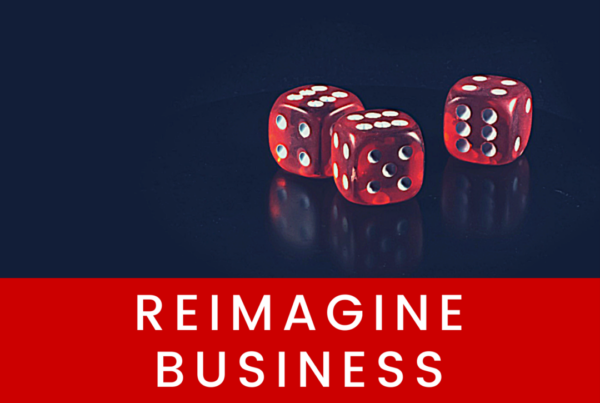
How you start something is how you finish it.
Whether you are selling a product or a service, each new customer undergoes a user on-boarding experience as they transition into working with what you sold them after the sale. As the business owner, you are responsible for creating that experience in a way that leaves them thrilled with the decision to buy from you and not one of your competitors.
The user on-boarding experience actually begins before the purchase (How friendly is your sign-up/registration form?) and continues with everything you present them with or ask them to do after buying from you (How well are you reinforcing it was a good decision to buy in your follow-up communications?).
Yes, you probably have an automated email sequence in place. But, does it complement and reinforce your seductive sales process to bring the customer to the core value promised as quickly as possible? It should, and yet this is the piece most often missed in the post-sale process.
Planning What Happens After The Sale
Several types of user on-boarding workflows exist to choose from. Here are some key questions to ask first:
- How familiar are your new customers with similar products and services?
- What’s the core value you promised to deliver?
- How easy is it to understand the core benefits/functions you provide?
- What would a new customer need to do to ensure they receive that core value?
- Is there friction they might encounter as they try to do that?
- What actions would a new customer need to take to become a long-time (or better yet a lifelong customer)?
There are two types of user on-boarding workflows: mobile and desktop and five sub-types depending on how you are bringing the new customer on board. These options are all possibilities to consider.
- Benefit-Focused: Explains the 2-3 core benefits and how to achieve that benefit via the website/product/app/service.
- Function-Focused: Explains the 2-3 core functions of the website/product/app/service and how to use them.
- Doing-Focused: Walks the customer through the first or most common actions.
- Account-Focused: Takes the customer through the account/profile creation process, including finding and adding friends or interests.
- All: For complex websites/products/apps/services, it may be necessary to combine the four above.
Workflow Design
There is no “perfect” workflow design as many variables affect the customer’s on-boarding experience. A lot of research, testing, and optimization is required to get it as right as you can based on what you know and are observing. It’s not enough to have a new customer sign-up with you; you must retain them to recover the cost of their acquisition.
This makes it even more critical to have a clear understanding of your ideal customer and their expectations of your product or service. These expectations might have existed prior to shopping around but are definitely created by your sales process — not meeting them has an immediate impact on your refund request rate.
At the end of the day I think it’s fair to say that selling doesn’t end with the purchase. The purchase is where the real selling begins. For this reason, it makes good sense to put even more effort into planning, in great detail, everything your new customer experiences after they buy from you.
More next time. Until then, remember to LOVE YOUR WORK, whatever it may be.
PS Did this post speak to you? If so, please feel free to share it with your own communities, friends and followers. Thanks for sharing the love! ♥♥♥



